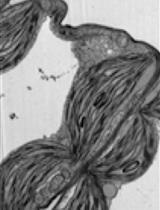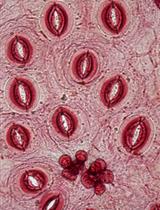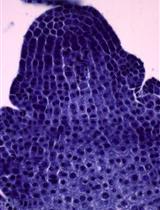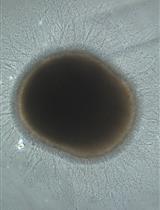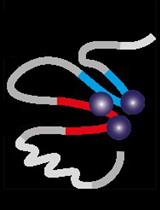- Submit a Protocol
- Receive Our Alerts
- EN
- Protocols
- Articles and Issues
- About
- Become a Reviewer
Past Issue in 2017
Volume: 7, Issue: 23
Cancer Biology
In vivo Leukemogenesis Model Using Retrovirus Transduction
Myeloid Progenitor Transformation Assay
Developmental Biology
Notch Ligand Binding Assay Using Flow Cytometry
Mandibular Explant Assay for Investigating Extrinsic Stimuli on Bone and Cartilage Development
Immunology
Measuring the Endocytic Recycling of Amyloid Precursor Protein (APP) in Neuro2a Cells
Drosophila Model of Leishmania amazonensis Infection
Microbiology
Genome Editing in Diatoms Using CRISPR-Cas to Induce Precise Bi-allelic Deletions
Isolation, BODIPY Labeling and Uptake of Exosomes in Hepatic Stellate Cells
Lentiviral Knockdown of Transcription Factor STAT1 in Peromyscus leucopus to Assess Its Role in the Restriction of Tick-borne Flaviviruses
Brief Protocol for EDGE Bioinformatics: Analyzing Microbial and Metagenomic NGS Data
Determination of Mn Concentrations in Synechocystis sp. PCC6803 Using ICP-MS
Quantification of Bacterial Polyhydroxybutyrate Content by Flow Cytometry
Stationary-phase Mutagenesis Soft-agar Overlay Assays in Bacillus subtilis
Molecular Biology
MicroScale Thermophoresis as a Tool to Study Protein-peptide Interactions in the Context of Large Eukaryotic Protein Complexes
Neuroscience
zPACT: Tissue Clearing and Immunohistochemistry on Juvenile Zebrafish Brain
Formalin Murine Model of Pain
Live Imaging of Axonal Transport in the Motor Neurons of Drosophila Larvae
A Novel Protocol to Quantitatively Measure the Endocytic Trafficking of Amyloid Precursor Protein (APP) in Polarized Primary Neurons with Sub-cellular Resolution
Proboscis Extension Reflex in Apis mellifera [Honeybee] with Only One Antenna
Plant Science
Using Light and Electron Microscopy to Estimate Structural Variation in Thylakoid Membranes
Automatic Leaf Epidermis Assessment Using Fourier Descriptors in Texture Images
Investigating the Shape of the Shoot Apical Meristem in Bamboo Using a Superellipse Equation
Stem Cell
GC/MS-based Analysis of Volatile Metabolic Profile Along in vitro Differentiation of Human Induced Pluripotent Stem Cells
Systems Biology
Low-input Capture-C: A Chromosome Conformation Capture Assay to Analyze Chromatin Architecture in Small Numbers of Cells


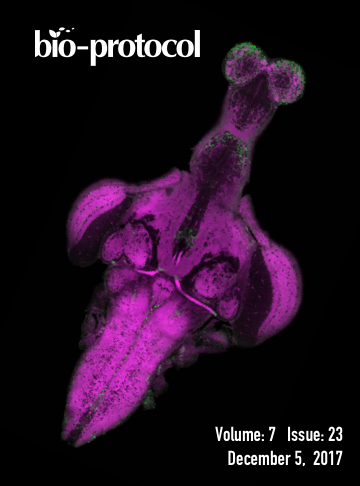
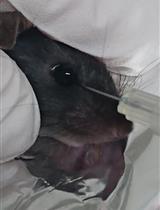
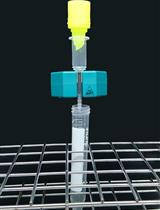
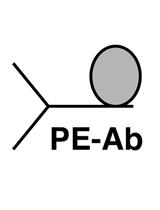

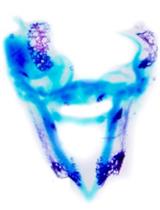


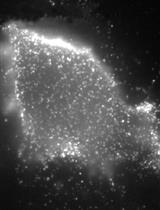


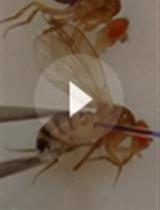
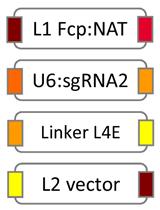
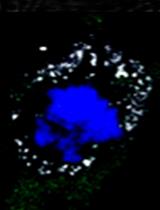


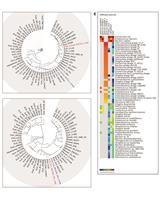

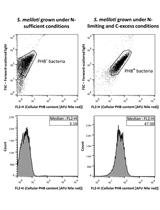
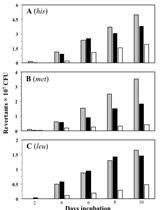
.jpg)

.jpg)
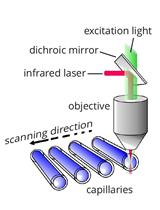
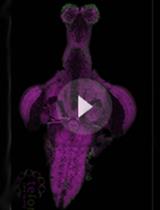



 2.jpg)
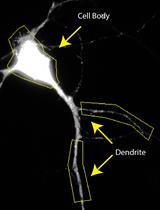
![Proboscis Extension Reflex in Apis mellifera [Honeybee] with Only One Antenna](https://en-cdn.bio-protocol.org/imageup/arcimg/20171129091737284.jpg?t=1758510586)

